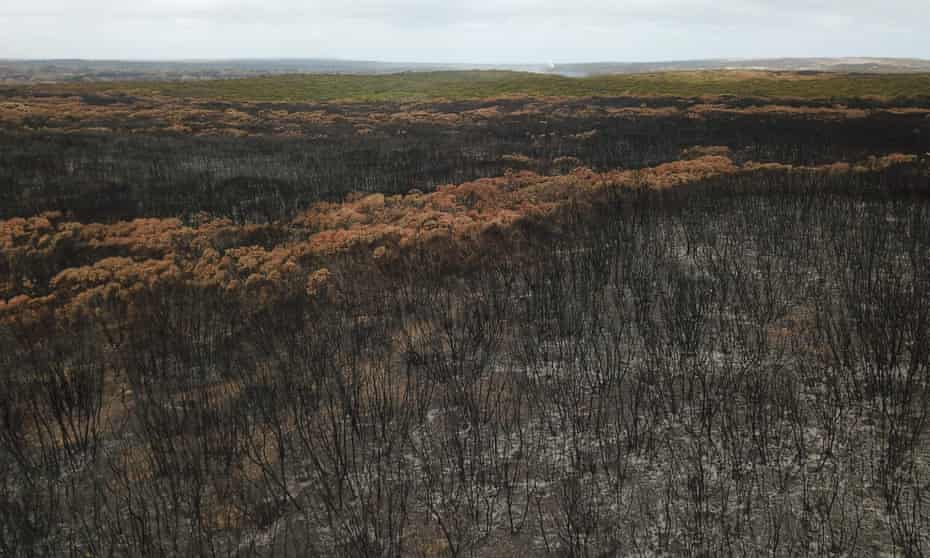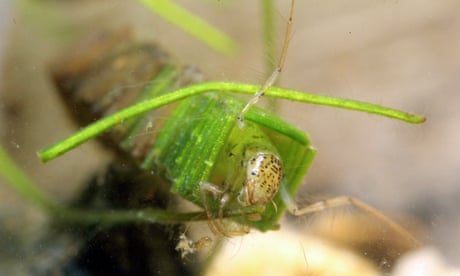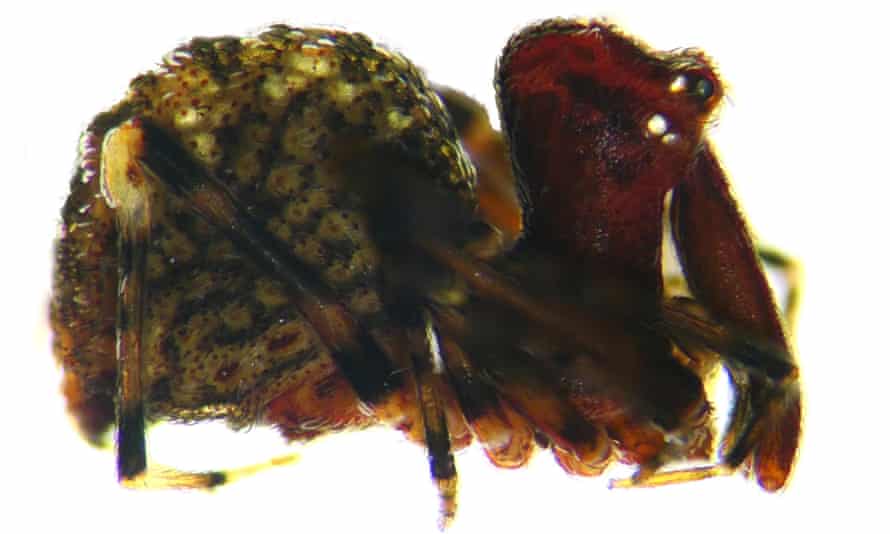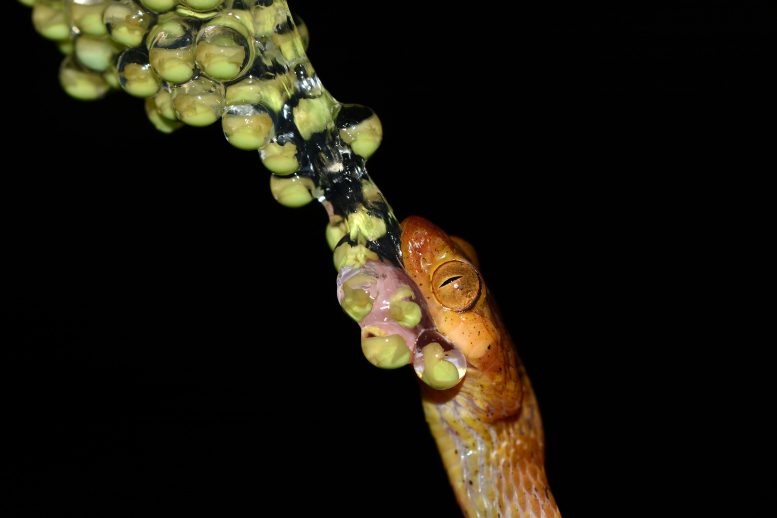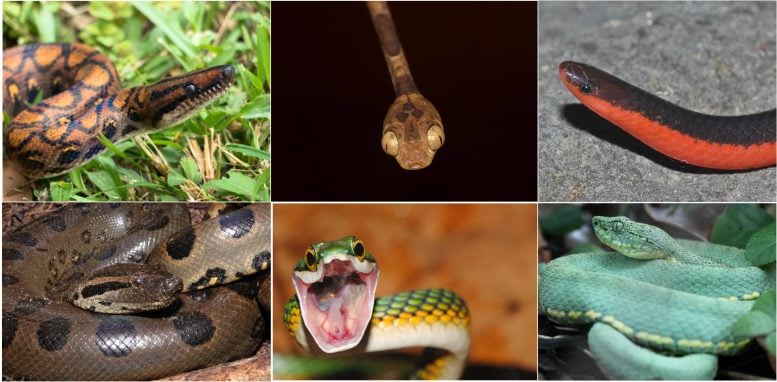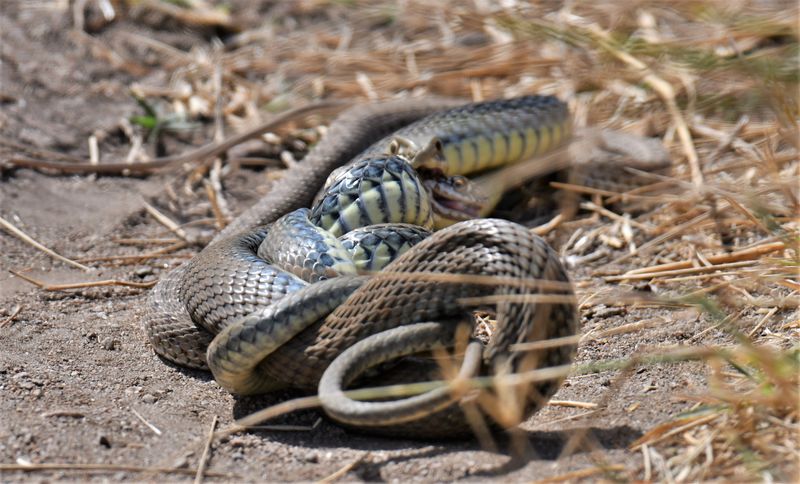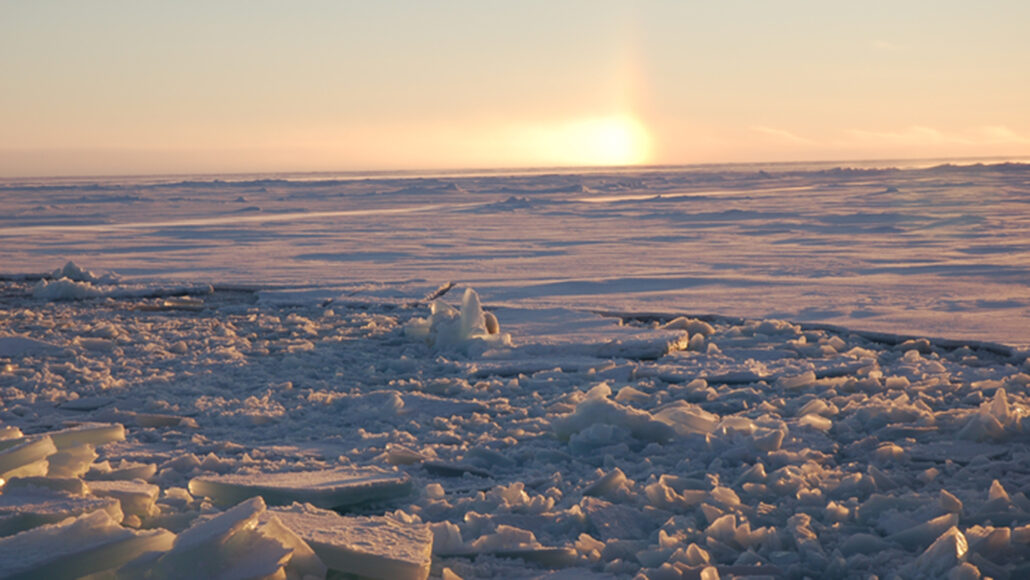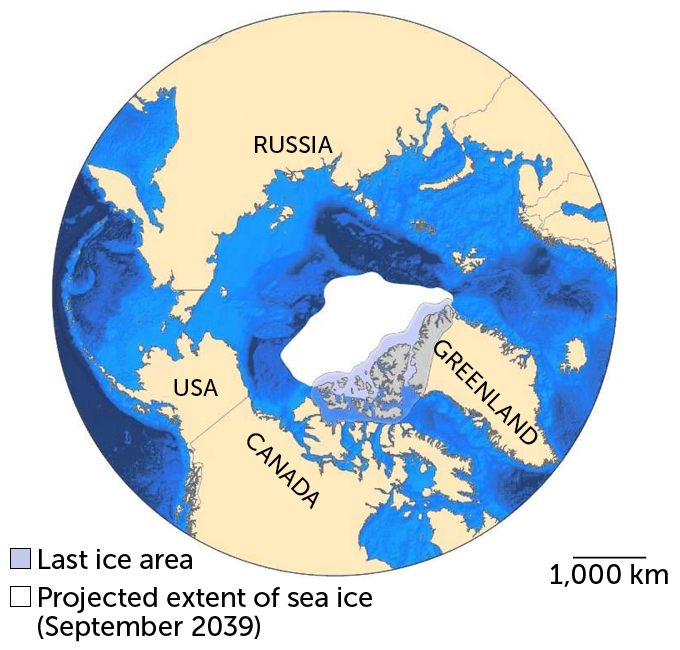In the summer of 2021, a toxic, smoky haze stemming from Western wildfires wafted across large parts of the United States, while hurricanes wrought extensive flooding in the southern and eastern U.S. Air quality websites such as AirNow warned of hazardous conditions on the U.S. East Coast from Western forest fires 3,000 miles away, with recommendations to stay indoors.
Journalists reported the immediate impact of lives lost and homes and property destroyed, but more insidious dangers escaped notice. Few people realize that these climate change-fueled disasters – both fires and floods – could adversely affect human health in longer-term ways.
I’m a scientist-author who studies the links between environmental factors and the development of neurological disorders, which is the subject of my recent book. My research on this topic adds to a growing body of evidence that more frequent environmental disasters may be raising human exposure to neurotoxins.
Neurotoxic smoke
Many scientists have identified links between air pollution in various forms, including from forest fire smoke, and an increased risk and prevalence of adverse health effects, including brain disorders.
Wildfire smoke is a mixture of countless noxious chemical compounds. Fires burning across the warming planet – from California to Greece and Australia – are adding dangerous particulate matter to the atmosphere that includes neurotoxic heavy metals such as mercury, lead, cadmium and manganese nanoparticles. These toxins are an added environmental burden on top of the pollutants emitted by factories, power plants, trucks, automobiles and other sources.
The greatest potential for health problems comes from minuscule particles, smaller than 2.5 microns – or PM 2.5 (for context, the width of a human hair is typically 50 to 70 microns). This is, in part, because tiny particles are easily inhaled; from the lungs, they enter the bloodstream and circulate widely throughout the body. In the brain they may inflame the microglial cells, the brain’s defensive cells, causing harm to neurons instead of protecting them. Studies show that these extremely tiny particles may damage neurons or brain cells by promoting inflammation. Brain inflammation can lead to conditions like dementia and Parkinson’s disease, a movement disorder in adults.
In addition, prenatal and early-life exposure to air pollution has been linked to an increased risk of autism spectrum disorder in children. Research suggests that air pollution exposure during these critical periods, particularly in the third trimester of pregnancy and the first few months of life, may impair normal neural development.
Waterborne neurotoxins
As part of my book research, I investigated potential links between environmental neurotoxins and related health effects in Finland. Seeking unique environmental factors that might underlie the disproportionately high rates of fatal dementia that occurred in Finland in the past decade, I found that water pollution – exacerbated by flooding, use of fertilizer and higher water temperatures – may be affecting brain health.
As I reviewed the environmental concerns in Finland, the widespread presence of blue-green algae in waterways stood out to me. Though it’s commonly called algae, blue-green algae is actually a type of bacteria called cyanobacteria. These toxic microorganisms thrive and proliferate in warm waterways when excessive nutrients, particularly phosphorus from fertilizer runoff, pour into fresh and brackish water. It produces cyanotoxins.
One of these cyanotoxins, β-methylamino-L-alanine, or BMAA, is linked to neurodegenerative disorders including amyotrophic lateral sclerosis, or ALS, Parkinson’s disease and Alzheimer’s disease. In particular I was struck by scientists’ finding high levels of BMAA in mollusks and fish found in the Baltic Sea, which could potentially play a role in Finland’s high incidence of dementia, as fish is heavily consumed there.
Blue-green algae is found in rivers, lakes and seas. Its presence is a widespread problem for humans, dogs and wildlife in the U.S. and Canada, as well as around the globe. In 2020, more than 300 elephants in Botswana died after drinking from water sources contaminated by the cyanobacteria that cause these algal blooms. Blue-green algae is so widely present in Finland that scientists there have developed a quick test to determine whether it is present or not.
Mold neurotoxins
In Finland, warm, humid air creates the perfect conditions for mold to grow, and water-damaged buildings are particularly susceptible. Some species emit mycotoxins, or mold toxins. Long-term exposure to mycotoxins, even at low levels, can present serious health hazards for both people and animals.
Mold spores are tiny, making them easy to inhale or ingest. Inside the body they can trigger an immune response, leading to chronic inflammation. Ultimately, exposure to these spores may cause cognitive impairment, including memory loss, irritability, numbness, tremors and other symptoms. Such a situation is likely to develop after a region has experienced the flooding of residences or workplaces in the weeks after they have been damaged.
Mold toxins, particularly ochratoxin A, can trigger inflammation that may harm neurons and brain function. It has been specifically implicated in Parkinson’s disease.
Reducing risk and a way forward
Education, greater awareness of environmental health concerns and public action are the best ways to minimize risks from environmental neurotoxins.
By learning to recognize blue-green algae, people may avoid swimming or boating near it and avoid letting their pets near it too. Consumers can advocate for greater environmental monitoring of food and water sources. Exercise that involves sweating can help eliminate neurotoxic substances. But before you exercise outdoors, it is prudent to check air quality on an app or website like AirNow, a partnership of federal, state, local and tribal agencies.
If environmental policies aren’t put into place to mitigate the health risks posed by environmental neurotoxins, research suggests that we may continue to experience increases in a variety of neurodegenerative disorders as the toxins rise. Many of these conditions are labeled idiopathic, or lacking a known cause. The neurotoxic connection is rarely considered, and environmental health hazards are often overlooked in American health care. This is in large part because environmental health is rarely taught in medical education, which can lead to a lack of awareness about potential diagnoses related to an environmental illness.
The U.S. Environmental Protection Agency is currently reevaluating air quality standards for particulate matter. A new EPA inspector general report calls for a strategic plan to control harmful algal blooms. Ohio, a leading state for public policy initiatives aimed at neurotoxic algal blooms, now regulates cyanotoxins in drinking water and advises farmers against adding fertilizer when the ground is saturated or when rain is in the forecast.
Since climate change may be a driver for rising neurotoxins, cutting greenhouse gas emissions and ensuring better environmental stewardship are essential to human health. Achieving this will require strong international and domestic efforts and a wide range of interventions by governments around the world. But all of these efforts must begin with a deeper and more widespread understanding of the profound nature of this problem – which should be a universal, nonpartisan concern.
Arnold R Eiser, MD, MACP is Professor Emeritus of Medicine at Drexel University College of Medicine.
The Conversation is an independent and nonprofit source of news, analysis and commentary from academic experts.
© The Conversation